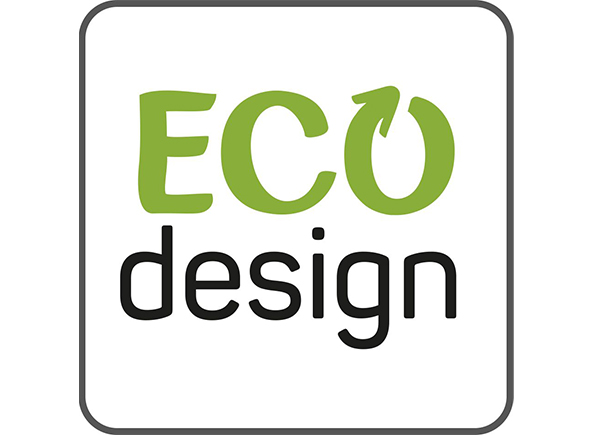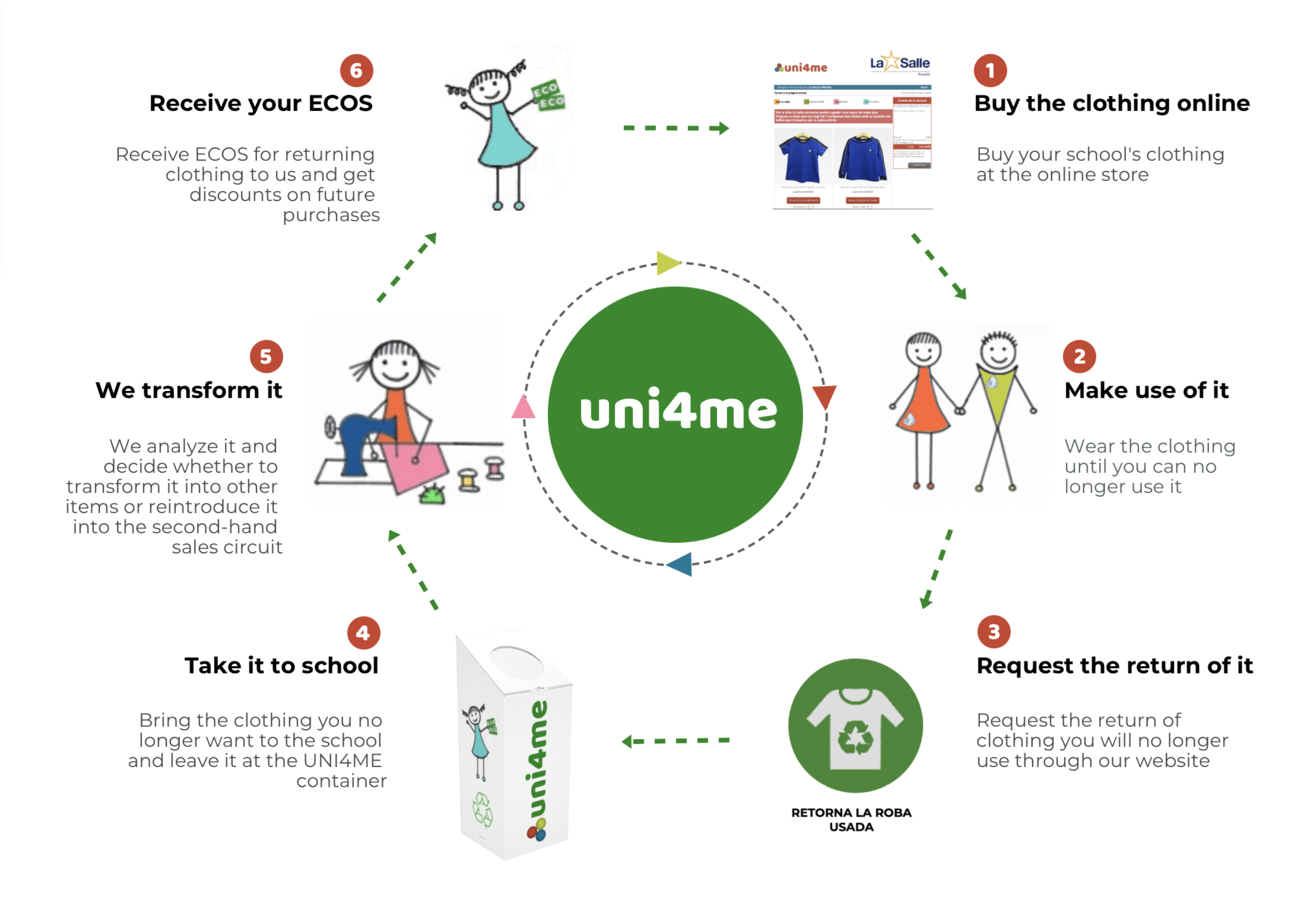Ecodesign - Eco-designed School Clothing
What it is
Ecodesign or ecological design is the incorporation of environmental criteria in the phases of: Design, production, distribution, use, recycling, and final treatment of any product. The goal is to prevent or reduce the environmental impact throughout its life cycle.
What it implies
This approach involves considering various stages of the product life cycle. For example: Material selection, manufacturing process, product use, waste management, and its recycling or disposal. Ecodesign can help minimize the use of natural resources and reduce greenhouse gas emissions. Similarly, it contributes to reducing waste production and promoting sustainable practices in the industry.
Benefits
Ecodesign is beneficial for the environment. It can also have economic advantages, such as reducing costs associated with the use of resources and waste. Simultaneously, it enhances the brand's image through sustainable business practices. In summary, ecodesign is a comprehensive strategy that aims to harmonize production and consumption by limiting the use of natural resources and environmental impacts.
Regulation
As an example, producing one ton of textile generates 25 tons of CO2, while in plastic production, the ratio is 1 to 3, and in paper production, it's 1 to 0.9" (Data from the Textile Research and Industrial Cooperation Institute of Terrassa, INTEXTER (UPC)).
It is worth noting that on January 1, 2025, a directive will come into effect requiring the entire EU to collect the textile fraction of urban waste.
The future
In summary, in the coming years, we will see textile containers on the streets, and an industry transformation is expected comparable to the one caused by globalization. New environmental responsibilities will be incorporated, affecting both B2B and B2C channels.

